#haunted landscapes
Text
#daily polls#creative writing#writer community#writer#writersblr#writers on tumblr#dark fantasy#forbidden magic#ancient curses#haunted landscapes#morally gray
10 notes
·
View notes
Text
source
#goth#gothic#art#draw#drawing#artists on tumblr#tiktok#ghosts#witch#witchcore#witchblr#alternative#soft grunge#grunge#halloween#spooky#haunting#paranormal#horror#landscape#nature#naturecore
5K notes
·
View notes
Text

The woman whose feet didn't touch the ground, 2023.
Oil on panel
— David Palumbo (American, b.1982)
http://dvpalumbo.com/
#david palumbo#art#paintings#oil painting#oil on panel#atmospheric#nature#night#landscape#haunted#woods#forest#spectral#darkness
2K notes
·
View notes
Text

#drawing#illustration#artists on tumblr#landscape#traditional#traditional art#sky#night#northern lights#aurora#surrealist art#surrealism#image description in alt text#hanging out with my magical light pals in the haunted mansion up the hill tonight wanna come?
457 notes
·
View notes
Text
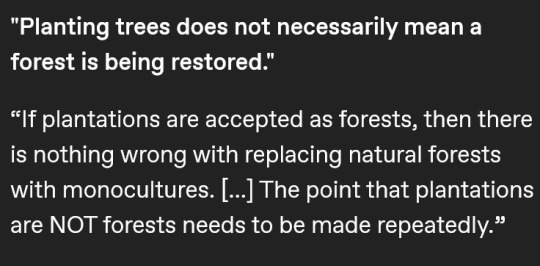
Despite its green image, Ireland has surprisingly little forest. [...] [M]ore than 80% of the island of Ireland was [once] covered in trees. [...] [O]f that 11% of the Republic of Ireland that is [now] forested, the vast majority (9% of the country) is planted with [non-native] spruces like the Sitka spruce [in commercial plantations], a fast growing conifer originally from Alaska which can be harvested after just 15 years. Just 2% of Ireland is covered with native broadleaf trees.
Text by: Martha O’Hagan Luff. “Ireland has lost almost all of its native forests - here’s how to bring them back.” The Conversation. 24 February 2023. [Emphasis added.]
---
[I]ndustrial [...] oil palm plantations [...] have proliferated in tropical regions in many parts of the world, often built at the expense of mangrove and humid forest lands, with the aim to transform them from 'worthless swamp' to agro-industrial complexes [...]. Another clear case [...] comes from the southernmost area in the Colombian Pacific [...]. Here, since the early 1980s, the forest has been destroyed and communities displaced to give way to oil palm plantations. Inexistent in the 1970s, by the mid-1990s they had expanded to over 30,000 hectares. The monotony of the plantation - row after row of palm as far as you can see, a green desert of sorts - replaced the diverse, heterogenous and entangled world of forest and communities.
Text by: Arturo Escobar. "Thinking-Feeling with the Earth: Territorial Struggles and the Ontological Dimension of the Epistemologies of the South." Revista de Antropologia Iberoamericana Volume 11 Issue 1. 2016. [Emphasis added.]
---
But efforts to increase global tree cover to limit climate change have skewed towards erecting plantations of fast-growing trees [...] [because] planting trees can demonstrate results a lot quicker than natural forest restoration. [...] [But] ill-advised tree planting can unleash invasive species [...]. [In India] [t]o maximize how much timber these forests yielded, British foresters planted pines from Europe and North America in extensive plantations in the Himalayan region [...] and introduced acacia trees from Australia [...]. One of these species, wattle (Acacia mearnsii) [...] was planted in [...] the Western Ghats. This area is what scientists all a biodiversity hotspot – a globally rare ecosystem replete with species. Wattle has since become invasive and taken over much of the region’s mountainous grasslands. Similarly, pine has spread over much of the Himalayas and displaced native oak trees while teak has replaced sal, a native hardwood, in central India. Both oak and sal are valued for [...] fertiliser, medicine and oil. Their loss [...] impoverished many [local and Indigenous people]. [...]
India’s national forest policy [...] aims for trees on 33% of the country’s area. Schemes under this policy include plantations consisting of a single species such as eucalyptus or bamboo which grow fast and can increase tree cover quickly, demonstrating success according to this dubious measure. Sometimes these trees are planted in grasslands and other ecosystems where tree cover is naturally low. [...] The success of forest restoration efforts cannot be measured by tree cover alone. The Indian government’s definition of “forest” still encompasses plantations of a single tree species, orchards and even bamboo, which actually belongs to the grass family. This means that biennial forest surveys cannot quantify how much natural forest has been restored, or convey the consequences of displacing native trees with competitive plantation species or identify if these exotic trees have invaded natural grasslands which have then been falsely recorded as restored forests. [...] Planting trees does not necessarily mean a forest is being restored. And reviving ecosystems in which trees are scarce is important too.
Text by: Dhanapal Govindarajulu. "India was a tree planting laboratory for 200 years - here are the results." The Conversation. 10 August 2023. [Emphasis added.]
---
Nations and companies are competing to appropriate the last piece of available “untapped” forest that can provide the most amount of “environmental services.” [...] When British Empire forestry was first established as a disciplinary practice in India, [...] it proscribed private interests and initiated a new system of forest management based on a logic of utilitarian [extraction] [...]. Rather than the actual survival of plants or animals, the goal of this forestry was focused on preventing the exhaustion of resource extraction. [...]
Text by: Daniel Fernandez and Alon Schwabe. "The Offsetted." e-flux Architecture (Positions). November 2013. [Emphasis added.]
---
At first glance, the statistics tell a hopeful story: Chile’s forests are expanding. […] On the ground, however, a different scene plays out: monocultures have replaced diverse natural forests [...]. At the crux of these [...] narratives is the definition of a single word: “forest.” [...] Pinochet’s wave of [...] [laws] included Forest Ordinance 701, passed in 1974, which subsidized the expansion of tree plantations [...] and gave the National Forestry Corporation control of Mapuche lands. This law set in motion an enormous expansion in fiber-farms, which are vast expanses of monoculture plantations Pinus radiata and Eucalyptus species grown for paper manufacturing and timber. [T]hese new plantations replaced native forests […]. According to a recent study in Landscape and Urban Planning, timber plantations expanded by a factor of ten from 1975 to 2007, and now occupy 43 percent of the South-central Chilean landscape. [...] While the confusion surrounding the definition of “forest” may appear to be an issue of semantics, Dr. Francis Putz [...] warns otherwise in a recent review published in Biotropica. […] Monoculture plantations are optimized for a single product, whereas native forests offer [...] water regulation, hosting biodiversity, and building soil fertility. [...][A]ccording to Putz, the distinction between plantations and native forests needs to be made clear. “[...] [A]nd the point that plantations are NOT forests needs to be made repeatedly [...]."
Text by: Julian Moll-Rocek. “When forests aren’t really forests: the high cost of Chile’s tree plantations.” Mongabay. 18 August 2014. [Emphasis added.]
#abolition#ecology#imperial#colonial#landscape#haunted#indigenous#multispecies#interspecies#temporality#carceral geography#plantations#ecologies#tidalectics#intimacies of four continents#archipelagic thinking#caribbean
2K notes
·
View notes
Text

#aesthetic#art#fashion#photography#coquette#grunge#pale#vintage#dollette#angelcore#darkcore#catholiscism#cross#american gothic#gothic#grungecore#dark#haunted#tumblr girl#gaslight gatekeep girlboss#girl blogger#ethereal#nostalgia#dreamcore#femcel#victorian#fall aesthetic#witch#main character#landscape
190 notes
·
View notes
Photo

House in the Dark Forest by TatianaMephi
316 notes
·
View notes
Text
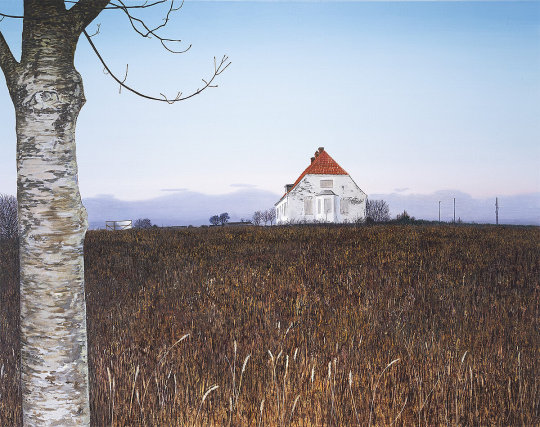
Haunted House - Søren Martinsen , 2023.
Danish,b.1966-
Oil on canvas, 100 x 130 cm.
586 notes
·
View notes
Text
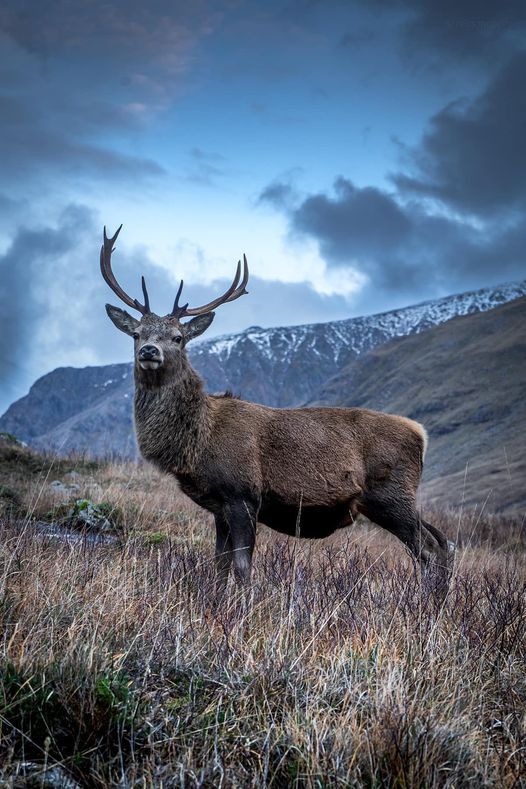
Scotland's Monarch of the Glen stands tall in the beauty of Glen Coe
#Monarch of the Glen#Highland stag#Scottish Highlands#UK#haunting beauty#mountains#landscape#big sky#Glen Coe#nature photography#gorse#land mammals#awe inspiring
235 notes
·
View notes
Text

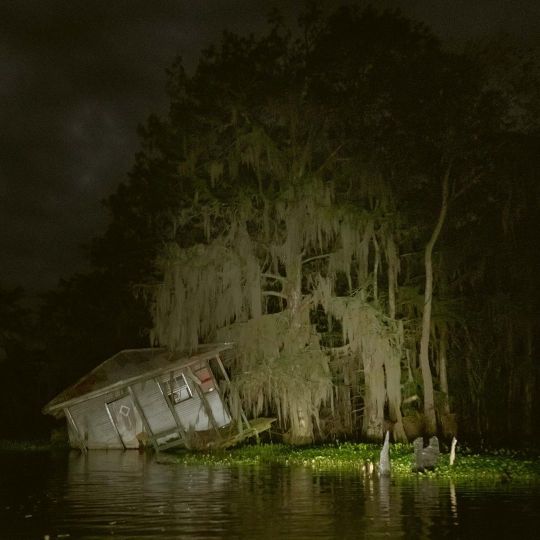




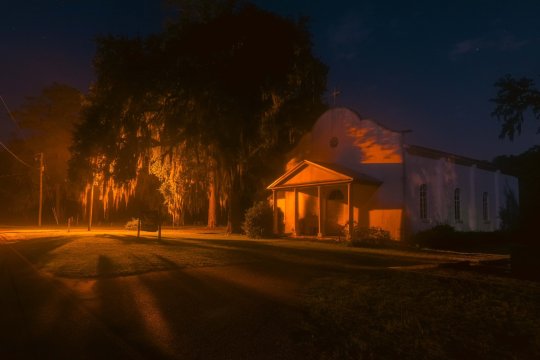
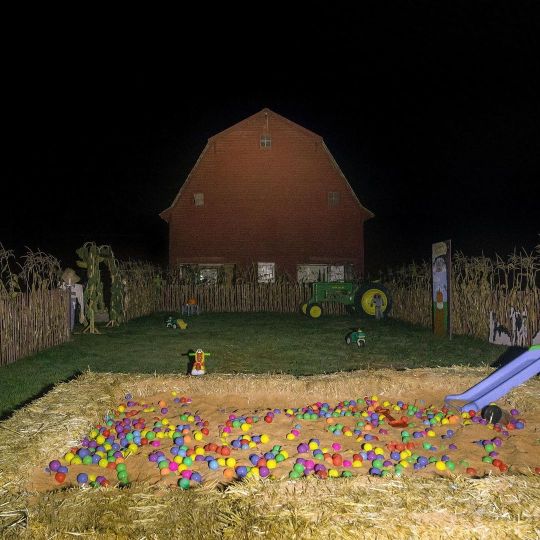


Photography by Briscoe Park
Instagram
X(Twitter)
#jamie campbell bower#briscoe park#jamie bower#nighttime photography#landscape photography#southern gothic#haunted#cryptid#abandoned places#conceptual photography#dark aesthetic
168 notes
·
View notes
Text

by Alexandru Jitaru
#photography#mountains#forest#fall#autumn#cabin#cottage#witch#haunted#rain#dark#dark aesthetic#orange#black#nature#trees#landscape#curators on tumblr#Aesthetic
951 notes
·
View notes
Text
source
#goth#gothic#art#draw#drawing#artists on tumblr#tiktok#ghosts#witch#witchcore#witchblr#alternative#soft grunge#grunge#halloween#spooky#haunting#paranormal#horror#landscape#nature#naturecore
3K notes
·
View notes
Text

Oil painting by Les Edwards (British, b.1949)
for Tales Of Othertime by Stormkeep (2021, Melodic Black Metal)
https://lesedwards.com/
#les edwards#art#oil on board#paintings#album cover#oil painting#cover art#black metal#atmospheric#night#landscape#winter landscape#haunted#gothic#castle#occult#dark fantasy
348 notes
·
View notes
Text

Floral Blessing 🌸 Landscapes

Possible spoilers and commentary under the cut (。・∀・)ノ゙ also extrememly long post ahead!

The way MC is just pulling Xavier along at the start and he's just so happy and runs with MC is so adorable ToT
Totally all the first love/school date vibes, ALSO IT DOESNT HELP THAT THE FRIGGIN BGM IS FROM ANECDOTE 3! THE DEVS ARE CRUEL!

ahh... even just the way he looks up and far away is so pretty ( ˘͈ ᵕ ˘͈♡)˚๐*˟♡



Look at his genuine smileeeeee... my heart...

And then the way he's like... that cheeky look on his face when he leans in and getting ready! >0<


He's a smooth operator u-u

This pose is so cute tho... Glint photobooth pose pls? 👀🥺




His blushhhhhh! And the way MC was just... her hands... MC was so ready to recieve it and was preparing for the inevitable 💋

But of course, there's always some kind of passerby... Though, hey. Thank you for passing by and providing us with an awesome camera shot of Xavier smoothly picking up the umbrella and going in with a kabedon 😌
HALP??? THE ENDING???
THIS GUY????! TWICE! he kissed MC (with one thwarted attempt)
He really just broke loose after 21 Days and No Restraint ToT (ngl tho the hand in midair like this is kinda awkward 😂)

Okay... Got some ultra wides too, because why not xd;;;




Look... I get the use of those overlay planes... but the wallpaper aesthetic 😭

Got to see quite a bit of the town... Okay, back to Xavier







#love and deepspace#xavier love and deepspace#xavier#shen xinghui#churambles#xavier landscapes#I've replayed this like 3 times in the last hour...#i need sleep 😭😂#but the memory's story is haunting me so good urgh
31 notes
·
View notes
Text
[E]very [interspecies] meeting in fact reminds us that the being we meet is and always shall be strange to us […]. When beings meet there is a distance between, such that in encountering the slug we also encounter something beyond the slug – a multitude of life we cannot sense. [...] So despite shared histories and the close proximity in which slugs and [humans] live, the slug retains a certain darkness as a creature apart; something is held in reserve […]. And so fleeting awareness of the irretrievability of the lives of others intensifies poignancy, such that despite a gulf separating the [human] from other creatures, some connection, however fleeting, is made to something – however strange. Refusing to dismiss the everyday and the banal is an ethical response. […] Slugs are there: sliming, chomping, and oozing around quietly and that should be enough to give them consideration.
[Text by: Franklin Ginn. “Sticky lives: Slugs, detachment and more-than-human ethics in the garden.” Transactions of the Institute of British Geographers, Volume 39, Issue 4. 2013. Bold emphasis added by me.]
---
So, can an insect speak? And if yes, do we understand it? Wittgenstein maintained that ‘if a lion could speak we would not understand him’, by which he implied that we do not share the ‘form of lion-life’ that would make lion language fully transparent to us […]. A similar insight was [...] expressed by [...] [a twentieth-century] honeybee researcher [...]: Beyond the appreciable facts of their life we know but little of the bees. And the closer our acquaintance becomes, the nearer is our ignorance brought to us of the depths of their real existence. But such ignorance is better than the other kind, which is unconscious and satisfied.
[Text by: Eileen Crist. “Can an Insect Speak?: The Case of the Honeybee Dance Language.” Social Studies of Science, Volume 34, Issue 1. 2004. Bold emphasis added.]
---
Animal studies scholarship tends to emphasize animal-human relations, encounters, and similarities. […] Jellyfish and other gelatinous creatures [...], however, float at the far reaches of our ability to construct sturdy interspecies connections [...]. Uexkull’s theory […] insists upon multiple worlds […], a capacious admission that a multitude of other creatures dwell as part of worlds that humans cannot readily or completely access or grasp. Three-quarters of a century later Terry Tempest Williams wonders what it would be like to be a jellyfish. […] [She] writes: “Perhaps this is what moves me most about jellies – their sensory intelligence […] the great hunger that is sent outward through the feathery reach of their tentacles. Imagine the information sought and returned.”
[Text by: Stacy Alaimo. “Jellyfish Science, Jellyfish Aesthetics: Posthuman Reconfigurations of the Sensible”. In: Thinking with Water. 2013. Bold emphasis added.]
---
Although we cannot ‘speak’ with nonhumans in any straightforward way, what we can and more importantly do do is become articulate with them in various ways. [...] If there is a way out of this historical impasse [alienation, climate crisis, global ecological degradation], [for some] it is not to be found in attributing some of ‘our’ qualities to ‘them’. It “would not be a matter of ‘giving speech back’ to animals […]. Perhaps the task is not to seek to compare the dance language of bees […] with human language, the ‘intelligence’ […] of Monarch butterflies with human intelligence, […] but rather (or at least in addition) to find a way of thinking about these ‘remarkable things’ that grants them positive ontological difference in their own right. […] [It] is concerned with what is always a multitude of others rather than a singular other […]; and it is radically nonanthropocentric […].
[Text by: Nick Bingham. “Bees, Butterflies, and Bacteria: Biotechnology and the Politics of Nonhuman Friendship.” Environment and Planning A: Economy and Space, Volume 38, Issue 3. 2006. Bold emphasis added.]
---
Starfish may seem to be still, but longer attention [...] shows them [slowly] moving, changing. [...] Then there are beings [like some insects] that experience hundreds, thousands of generations within a human lifetime. For such beings, the memories, learnings and modes of passing on experience are, it almost goes without saying (yet it must be said as it is so often not), radically different from any human’s in terms of the ways they experience change. The immensity of the alterity is, literally, incomprehensible to humans. We can't know what these beings know. But we can be aware that they have knowledges and experiences beyond us. [...] [W]e should know they live and experience and think beyond us. We should seek respect and be aware of how our lives are entangled […]. It is not abstract, or empty.
[Text by: Bawaka Country et al. “Gathering of the Clouds: Attending to Indigenous understandings of time and climate through songspirals.” Geoforum Volume 108. January 2020. Bold emphasis added.]
#ecology#landscape#multispecies#interspecies#abolition#indigenous#tidalectics#geographic imaginaries#haunted
592 notes
·
View notes
Text
I don't know why I perceive so much beauty in these corners. Am I the only one?
Maybe the stories behind. Maybe the past. Maybe the chaos.
Maybe i'm mad .




30 notes
·
View notes